by Alliance for Natural Health
It may actually be a way to promote a Monsanto GMO product. Action Alert!
You may have already heard the news: the FDA has banned trans fats! Well, sort of.
Under the FDA’s proposed rule, trans fat itself is not banned. Instead, the ban is on the major source of trans fats in processed food—partially hydrogenated oils (PHOs). PHOs are artificial trans fats, created via the process of adding hydrogen to vegetable oils in order to make them semi-solid. Naturally occurring trans fat is found in some meat and dairy including beef, lamb and, in small amounts, butter. Many margarines, on the other hand, are made with PHOs and therefore contain high levels of artificial trans fats. Increasingly, margarines are switching to palm oils (which are semi-solid at room temperature and solid if refrigerated) to eliminate PHOs.
It’s important to note that since this is a proposed rule, and not a final one, there’s still a chance it could be changed or dropped. In the rule, the FDA mentions that the agency is open to alternate approaches to addressing PHOs in food, such as the setting of acceptable trans fat threshold levels.
The timing and intent of the FDA’s rule is suspect for two reasons. First, it was announced only after most companies had already eliminated trans fat—it’s currently only in a handful of foods. Second, the ban will promote market demand for two new GMO soybeans by Monsanto and DuPont, which are engineered for trans fat free oils.
Essentially, the FDA released the PHO ban at a politically perfect point: when it would no longer anger Big Food, but would be of tremendous benefit to Big Biotech’s and Big Food’s newly deregulated products.
Here’s the timeline:
- January 2006: The FDA mandates labeling for foods containing trans fat. There is, however, a loophole that allows foods containing fewer than 0.5 grams of trans fat per serving to claim “zero trans fat.”
- 2007 to 2011: By 2011, trans fat is reduced or eliminated in 66% of the most common processed supermarket products. Essentially, the “war” on trans fat in processed food is over.
- January 2011: The FDA signs off on a “safety assessment” on Monsanto’s Vistive Gold soybean (aka MON 87705)—based, of course, on studies submitted by Monsanto.
- December 2011: The USDA deregulates the Vistive Gold soybean, meaning it can be planted anywhere without restrictions.
- November 2013: The FDA issues its proposed ban on trans fat.
Monsanto and DuPont’s soybeans and the oils derived from them (DuPont makes a competing product called Plenish High Oleic Soybean Oil) are meant to appeal to consumers by giving them a “healthy” veneer since they are trans fat free. This is only the beginning: increasingly biotech companies are marketing products that are positioned to benefit consumers’ health but actually contain GMOs. (Read more about it in our article on the subject).
This move ignores the fact that since many processed foods and most whole foods are already free of trans fats, the new GMO soybeans are a superfluous “innovation.” The biotech giants also fail to tell the public that conventional soybean oil, due both to its overuse in American foods and the way it is created, can be incredibly unhealthy.
For the past five or six decades, soybean oil—which is composed of 35% to 55% omega 6 fats—has been the leading fat in processed food: the average American consumes 10% of their total daily calories from soybean oil. The overconsumption of soybean oil is one of the contributing factors to the average American’s imbalance of omega 3 and omega 6 fats. Additionally, the way nonorganic soybean oil—hydrogenated or not—is produced is inherently toxic:
- Soybean, canola, corn, sunflower, and cottonseed oils are processed with hexane, a known neurotoxin. It’s the same substance that’s used to make gasoline.
- It’s likely that trace amounts of hexane remains in final oil, yet the FDA does not require testing and has not set a maximum residue level for hexane.
- Soybean oil is also treated with sodium hydroxide and phosphoric acid; it’s then bleached with hydrochloric acid, which removes all vitamin A from the oil.
- The “deodorizing” process (in its natural state, soybean oil can be smelly) strips the oil of vitamin E and phytosterols, completing its transition to “nutritionally void.”
In light of its likely political motivations—and despite the rapturous announcement in the mainstream media—we find little to praise in the FDA’s PHO ban.
Action Alert! The FDA is soliciting comments on its proposed ban on PHOs. Please send your message to the FDA today, and ask them to ban PHOs immediately. That would put a monkey wrench in what seems to be the plan, because the toxic GMO oils wouldn’t be available yet.
 Read the full article here: http://www.anh-usa.org/trans-fat-ban-not-what-it-appears/
Read the full article here: http://www.anh-usa.org/trans-fat-ban-not-what-it-appears/



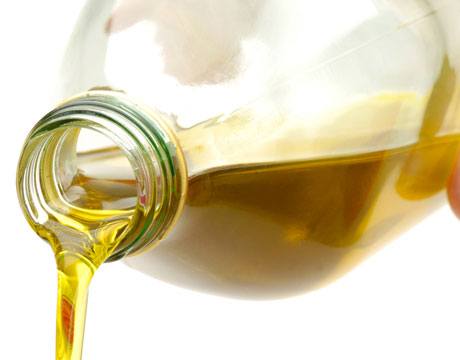
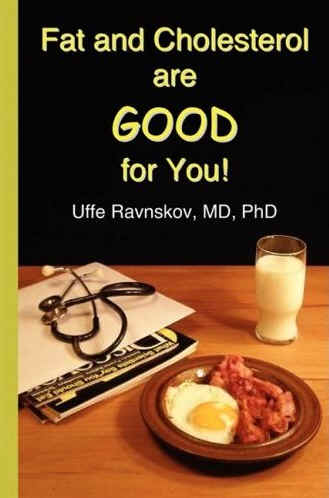
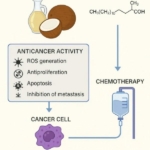 Research Continues to Show Virgin Coconut Oil's Effectiveness in Treating Cancer
Research Continues to Show Virgin Coconut Oil's Effectiveness in Treating Cancer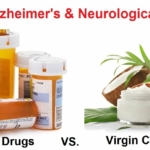 Coconut Oil Continues to Benefit Alzheimer's Patients over Drugs as Studies Continue for Neurological Benefits
Coconut Oil Continues to Benefit Alzheimer's Patients over Drugs as Studies Continue for Neurological Benefits How the Simple High-Fat Low-Carb Ketogenic Diet Continues to Change People's Lives
How the Simple High-Fat Low-Carb Ketogenic Diet Continues to Change People's Lives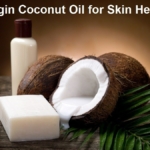 New Studies Continue to Show that Coconut Oil is the Best Oil for Treating Skin Conditions and Maintaining Healthy Skin and Teeth
New Studies Continue to Show that Coconut Oil is the Best Oil for Treating Skin Conditions and Maintaining Healthy Skin and Teeth New Study Confirms Health Benefits of Coconut Oil and USDA False Claims Against It
New Study Confirms Health Benefits of Coconut Oil and USDA False Claims Against It